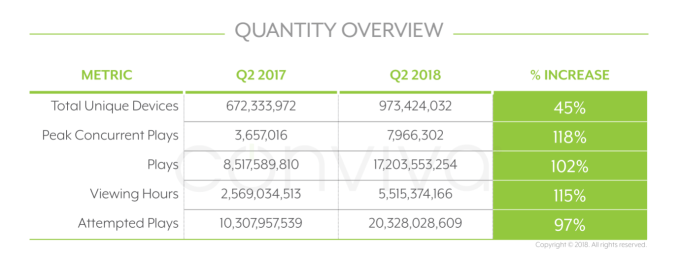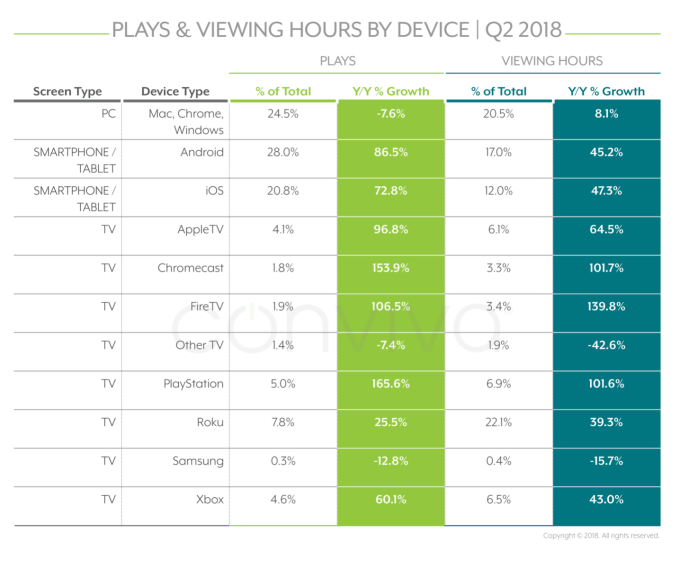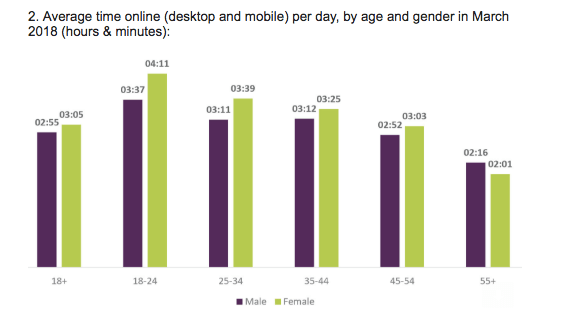Namely, a 400-person, six-and-a-half-year-old company, has mostly had the kind of trajectory that other startups envy. Mostly.
The startup’s mobile-first platform — which sells payroll, talent management, and other HR services to mid-size businesses across the U.S. via subscription software — has for years been seen as among New York’s most promising businesses. Investors like True Ventures and Lerer Hippeau (not to mention a very long list of angel investors) poured into the company’s early rounds and sang its praises.
Last year, Forbes included the company on its list of 100 top cloud startups.
The abrupt firing of the company’s cofounder and CEO, Matt Straz, back in May, cast a bit of a cloud over the company. Straz, who’d built the company from the ground up, was let go following an investigation into actions “inconsistent with that which is expected of Namely leadership,” the company told employees at the time.
In a series of calls with investors yesterday, none would elaborate on Straz’s alleged behavior, preferring to reiterate the company’s earlier talking points. (We weren’t able yesterday to reach Straz, who has deleted his LinkedIn account and seemingly abandoned Facebook for now.)
Still, credit is due for moving Namely forward more quickly than at other HR startups that — coincidentally and strangely — have also parted ways with their founding CEOs over HR issues. (Think Zenefits and Betterworks.)
In fact, the board member who led the investigation into Straz, longtime Silicon Valley executive Elisa Steele, was just appointed as Namely’s permanent CEO. Steele seems to have hit the ground running, too, judging by her first task, which was to help the company raise more money. Indeed, today, Namely is announcing $60 million in new funding led by GGV Capital.
Tenaya Capital also joined the round, along with early investors, including True, Matrix Partners, and Sequoia Capital.
It was not a job that Steele sought out. Steele had joined the board of Namely last year, and after Straz’s departure, Steele — who has worked previously as the CEO of (then public) Jive Software; the head of marketing for Microsoft’s consumer apps and services brands; and as the CMO of Skype, among other things — planned to help find his replacement.
Things changed when she “went on the road with the team for our fundraising, and we got ready for our user conference [held recently],” she says. “I just fell in love with the company and with the team, and it felt like a great match.”
Unsurprisingly, investors sound excited about Namely’s odds of succeeding in the market its chasing, which is estimated to grow to around $30 billion globally by 2025.
They point partly to the success that companies like Shopify and GoDaddy and Dropbox have enjoyed by going after resource-constrained mid-size businesses that are increasingly relying on cloud-based software to get their work done. These businesses “haven’t seen a ton of innovation until now” when it comes to mid-market HR offerings, says Jeff Richards, a managing director at GGV Capital who led the firm’s new investment in Namely.
“Most organizations don’t have dozens of people in an HR function; they have a couple,” adds Namely board member Pat Grady of Sequoia Capital, which first invested in Namely in 2015. That means “the easier you can make their lives, the more they like your software.”
Further, though Namely has plenty of competition, the field has thinned a bit in recent years, owing to rivals’ missteps. Gusto, another HR benefits platform, just raised $140 million in fresh funding earlier this week, and publicly traded Workday increasingly caters to both large and mid-size businesses. At the same time, for example, Zenefits “had a very meteoric rise, then it faded a bit, so we don’t see them as much as a competitor,” says Richards.
As for Steele, Richards and Grady are highly effusive about her leadership abilities.
Grady first met Steele through Jive Software, which Sequoia had backed, and says that though “her background is in marketing, she’s surprisingly operational and deep across a variety of functional areas.” Richards is such a fan that he introduced her last year to another GGV portfolio company, the Bluetooth products company Tile, where she now sits on the board. (Steele is also a director on the boards of publicly traded companies Splunk and Cornerstone OnDemand, and at Everwise, a Sequoia-backed startup.)
“She has the chance to be a superstar,” says Richards of Steele, who was also a VP at Sun Microsystems during the go-go dot com days of nearly 20 years ago. “She just has an incredible range of experience.”
Whether Steele will have the chance again to be a public company CEO remains to be seen. But one would guess that if Namely stays on track, it has a good shot at an IPO. Public market investors have shown time and again this year that they understand software-as-a-subscription businesses, and Namely’s numbers seem promising. Steele says the company currently serves 1,000 companies that collectively employ 200,000 people, and that it has now surpassed $50 million in annual recurring revenue. (The bar for most public companies these days is at least $100 million in ARR.)
With Namely’s newest round of funding — which pushes the total amount of capital it has raised to roughly $200 million — Steele is putting the pedal to the metal, too, she suggests. Among other things on Namely’s road map: much deeper analysis that helps companies better understand the composition of their workforces and their peers; more employees; and of course, more customers, including through new partnerships.
As for whether Namely is still feeling the impact of Straz’s departure, it’s all in the past, say Namely’s representatives. “I think in the last couple of months, there’s been a renewed sense of pride and enthusiasm that the company takes the highest possible moral road and that it lives by the values it espouses,” says Grady. “When put to the test, you do see what a company’s values really are.”








